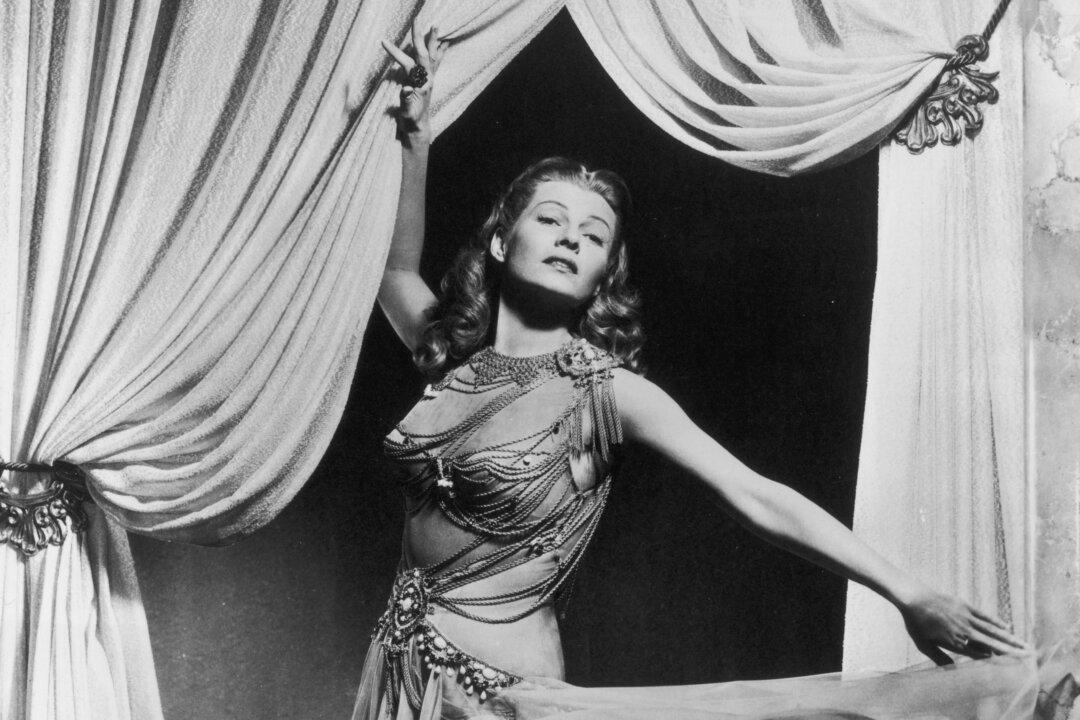Commentary
Salome ranks with Jezebel and Delilah as one of the most notorious temptresses in the Bible, if not all history and literature. Although she is unnamed in the New (or Old) Testament, first century historian Flavius Josephus identified the daughter of King Herod as Salome III in his “Jewish Antiquities.” She has been immortalized in paintings, poems, plays, ballets, operas, and films.





